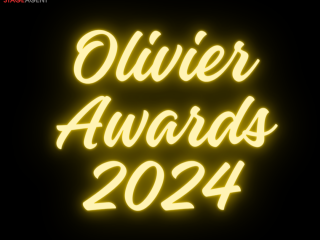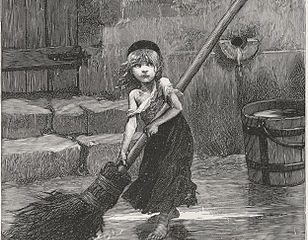Over the last few years, the theatre industry has experienced a long-overdue moment of reckoning when it comes to equity in representation. It’s a complicated conversation to be sure, and one facet of that conversation is casting. Who gets to decide who should inhabit which characters? What should those decisions be based on? And why is this an issue that everyone has a stake in?
First, it might be helpful to define exactly what we’re talking about. Identity-conscious casting is the idea that we cannot be separated from our inherent biases and pre-assumptions about race, gender, disability, and other facets of identity when it comes to casting. It’s an acknowledgement that the content of the text and the identity of the people bringing it to life can (and should) intersect and exist cooperatively, rather than being mutually exclusive. In short, identity-conscious casting asks, “how do actors’ identities factor into the story we’re trying to tell?”
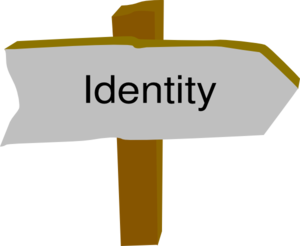
In some cases, the answer is, “it doesn’t”. I’ve seen two productions of Disney’s Newsies with an actor of color in the role of Joseph Pulitzer. Traditional casting would call for this character to be played by an actor who is white, like the real Pulitzer was. But an actor of color in the role took nothing away from the story, which is a fictionalized account of the 1899 newsboys strike anyway (no historical accounts I’ve read mention any singing or dancing being involved). So, in this sense, the identity of the actor portraying Pulitzer is just one of a number of facets of fiction. In both cases, the actor had the requisite qualities the part demands so, from my perspective as an audience member, their identity didn’t intersect with the story. I didn’t see an actor of color portraying Joseph Pulitzer, I saw Joseph Pulitzer.
Newsies is a specific example of traditional casting being informed by history. Perhaps more troubling is casting that’s grounded in traditional notions of what a particular character type “should” look like. Take Belle in Beauty and the Beast. Arguably the most notable Disney princess as far as musical theatre goes, Belle is almost always cast with the specific traits that we’ve come to associate with a Disney princess: young, white, slender, and traditionally pretty. This is the go-to model that productions have followed, at least until Jade Jones burst onto the scene. Jones, a self-described “queer, plus-sized Black woman” was cast as Belle in a production at the Olney Theatre Center in Maryland. Completely upending the vision of Belle we’ve come to expect, the ground-breaking casting made headlines. It was a new take on a classic, and audiences got to experience the intersection of Jones’ identity and the story. Not to mention her powerful vocals.
Jones’ casting may very well have set a new standard – in December, musician H.E.R. will become the first Afro-Filipina woman to play the role on screen in ABC’s 30th anniversary special. And earlier this year, Emilie Kouatchou became the first black woman to play Christine in The Phantom of the Opera.
These castings represent new ways to tell familiar stories and introduce new facets to iconic characters informed by the actor’s identity. They also represent a sort of awakening for the theatre industry. After all, when was it so specifically decided what Belle or Christine should look like, and how did we become so entrenched in those notions? Yes, there are specific qualities that those characters should have. But all the ones that come to my mind are separate from racial and ethnic identity. Informed by identity, yes. But is one specific identity required to play these parts? Based on the response to the Jones and Kouatchou, the answer is a resounding “no”. Watching Jones, we get to see a new version of Belle and think about what it means for a woman of color to be in Belle’s circumstances.
I’ve recently had the opportunity to experiment with upending an iconic character myself. After looking at options for my high school drama program’s fall play, I chose Jon Jory’s adaptation of Peter Pan, which is written with female-presenting pirates, including the iconic Captain Hook. I was intrigued by the chance to explore new dimensions of the story offered by gender-bending a role, particularly a villain. Partly as a function of the demographics of the program, I ended up with a gender-mixed group of Lost Boys as well. During rehearsals I was struck by how, much like Newsies, the actors’ identities faded into the background and was just one dimension to the character. I’ll admit, I was unsure about how a female in a villain role would be received. I also thought about the fact that Hook is a comically inept villain, there is nothing threatening about them. I wondered if a female in the role would send a message I didn’t want to send. But having female-presenting actors as Hook and the pirates didn’t change the story in any significant way. Instead, it added a new dimension to the story, which is what identity-conscious casting is all about. Perhaps we have more leeway with characters like Hook because they are comedic.
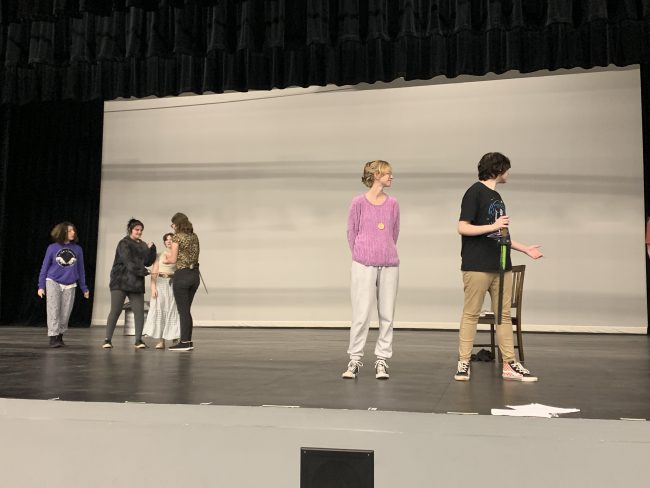
Of course, playwright intent can’t help but be part of the conversation as well, and sometimes it gets messy. Such was the case in 2017 when a small professional theatre in Oregon cast a black actor to play Nick in a production of Edward Albee’s Who’s Afraid of Virginia Woolf? The Albee estate denied the theatre rights to the play, writing in a letter to the director that Albee intended Nick to be caucasian because of numerous references to his blonde hair and blue eyes and his likeness being “that of an Aryan”. The incident set off controversy, with some arguing that, if Nick being exclusively white did represent Albee’s intent, that intent is now outdated. Even the Dramatists Guild of America, which represents the interests of playwrights, weighed in. The Guild reiterated that playwrights can reject casting that upends intent, but added that “our art form can’t achieve its full potential until it embraces our cultural and demographic diversity”. By saying that playwrights should have a say in casting but also that theatre should embrace diversity, the Guild essentially took a neutral position. I think that’s telling, not just in terms of the internal politics of the industry, but in the challenges and unknowns of the conversation.
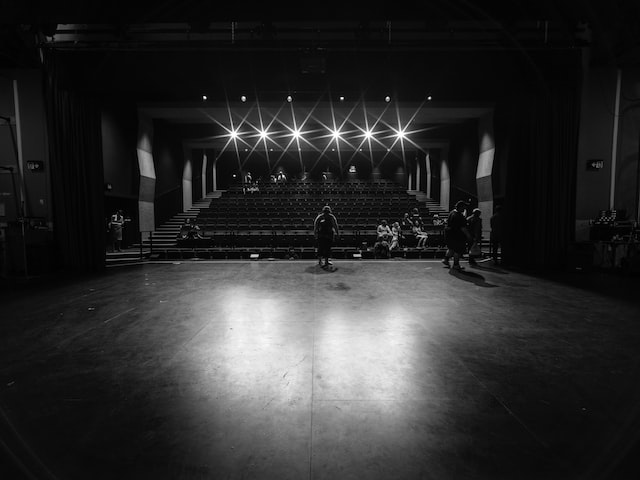
There are tough questions raised by instances like the Albee controversy. Should authorial intent be malleable to the sensibilities of the times? Are there ways to achieve authorial intent and still practice identity-conscious casting? And what ultimately happens to plays like Who’s Afraid of Virginia Woolf if the casting requirements don’t keep up with the times?
I don’t profess to know how to even start answering those questions. Maybe we don’t need to arrive at an answer. Maybe there is no answer, at least not right now. But questions are the first step on the path to meaningful change, and if theatre is going to continue to serve as an art form that evolves with the culture and reflects the zeitgeist, it has to ask them.




